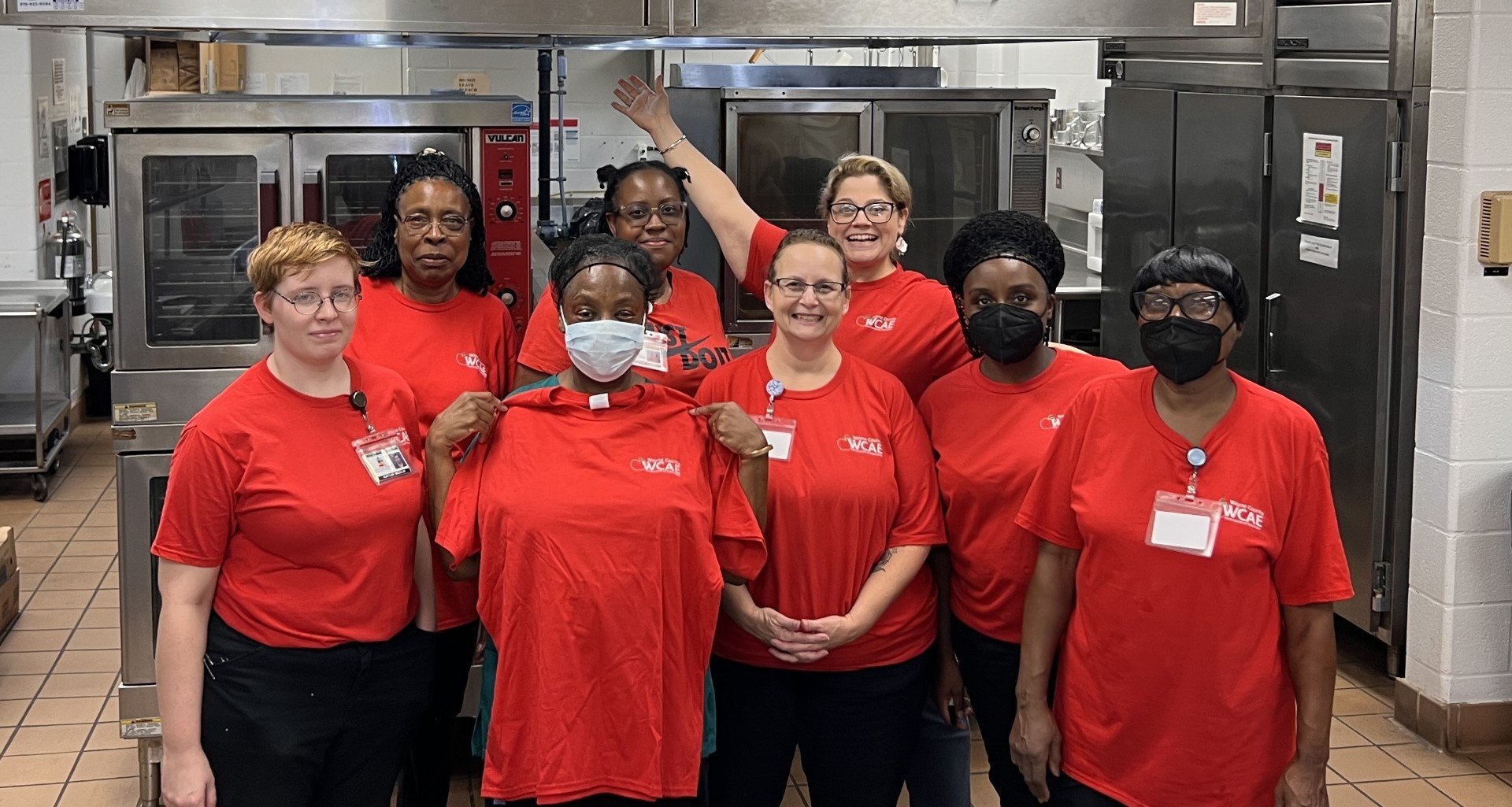We are at the beginning of an organizing groundswell like we haven’t seen in decades. Working people are showing their courage, taking fights straight to America’s most ubiquitous corporations— and they’re winning. Success begets success; victories inspire new battles. Progressive membership-driven organizations like labor unions need to be ready to ride the coming wave, and that means adopting new organizing technologies and approaches now.

The last two months have been thrilling for those who follow organizing news. Starbucks Workers United has filed 287 union petitions so far, and won more than 40 of the votes that have already been held — many of those unanimously. One of those union wins was a 38–27 certification at the flagship roastery in Seattle, one of only six stores of its type on the globe. Last week, leaders of the Amazon Labor Union testified powerfully in Congress about union-busting, and subsequently met with President Biden in the Oval Office. (Interim President Chris Smalls wore a jacket with “Eat The Rich” on the back.) This came two weeks after a massive rally, attended by Rep. Ocasio-Cortez, Sen. Sanders, and Sara Nelson, president of the Association of Flight Attendants (CWA), who famously organized the credible strike threat that helped end a month-long government shutdown in 2021. Three months ago, ALU’s bid to organize Amazon was assumed by many to be a long-shot. The workers’ resources were too few, it was thought, and the employer too powerful. The evidence, so far, does not support that assumption.
In spite of intense anti-union pressure from their employers, these campaigns are moving forward at speed. We already see evidence that the union bug is spreading beyond Starbucks and Amazon. Last week, more than 100 Apple employees in Atlanta announced that they’ve filed for an election–the first-ever Apple store to do so. Workers at another Apple store at Grand Central Terminal have also begun their drive. Expect good news to keep rolling in over the coming weeks and months.
There is another encouraging element to consider: these worker-led drives are receiving a lot of institutional support and backing. The AFT and NYSUT have thrown their considerable weight behind the ALU, calling for an investigation into Amazon’s eligibility for government subsidies in New York after repeated violations of the Excelsior Jobs Program. In a surprising and entirely welcome turn of events, the NLRB, even in its chronically underfunded condition, has functioned precisely as it should and filed charges against both Amazon and Starbucks for illegally firing organizers. These are all signs that traditional barriers to new organizing — the prevailing belief that companies as large as these can’t be organized, an unresponsive or under-resourced NLRB — aren’t hampering these efforts at present.
Institutional support and celebrity rally appearances will only go so far. Fortunately, working people are bringing the most important key ingredient to these campaigns: themselves. The consistent variable for all of these campaigns is that they’re worker-led. Furthermore, they challenge conventional wisdom that employers like Amazon and Apple can’t be defeated. All these indications point to a growing enthusiasm and capacity on the part of working people to fight for their rightful place in the American economy — specifically, the driver’s seat — even if it means going toe-to-toe with a billionaire in an anti-union meeting.
What does all this mean for America’s established labor unions? In the private sector, it lays to rest the notion that mega-corporations, with their bottomless coffers, teams of high-priced union-busting lawyers, and aggressive anti-worker tactics, are unorganizable. But perhaps an even more intriguing prospect lies in the public sector. Public employee unions have long struggled with middling to low membership levels, particularly in the South, where state governments have historically inhibited union growth and power. Still, as part of their certification under most statutes, many public unions are granted the right to a comprehensive bargaining unit list from the employer.
Workers in the private sector are building serious momentum by posting newsworthy and inspirational organizing victories nearly every day. Right now is the perfect time for public-sector unions to invest in organizing technologies to build membership density and identify new activists.
The marriage of sophisticated data collection & mining, machine learning, and progressive movement building is in its early stages. But it will not be long until the majority of union-led campaigns are layering modern organizing technologies to produce and refine lists, test issue viability, and build momentum. As the growth of new organizing in the private sector sets an inspiring example, public sector organizations can and should capitalize on that energy to increase density and build greater institutional power for workers who already have representation.
My notoriously optimistic mind races with the possibilities that could be within reach should our established labor unions successfully capture the moment. We have a tremendous chance to bridge movements and build power for our communities at scale. Imagine campaigns led by working people to restore voting rights and protect democracy across state lines; campaigns to restore and expand access to reproductive rights; campaigns to protect LGBTQ+ folks, who currently face literal existential threats; campaigns that mitigate the local effects of climate change on vulnerable populations. The potential is there, as is much of the needed infrastructure. In many cases, the only missing element is membership density.
That takes us back to technology and data.
To reverse decades of declining membership and power, unions must make the most of what looks and feels like America’s 21st-century labor organizing renaissance. This is a chance to mobilize across geographies, sectors, and industries. Capitalizing on that chance means unions must invest in today’s sophisticated data mining and machine learning tools to drive messaging and targeting that works. They need to know what to drive and to whom they need to drive it at a scale necessary to take on corporate oligarchs and anti-union public sector decision-makers… and win.



